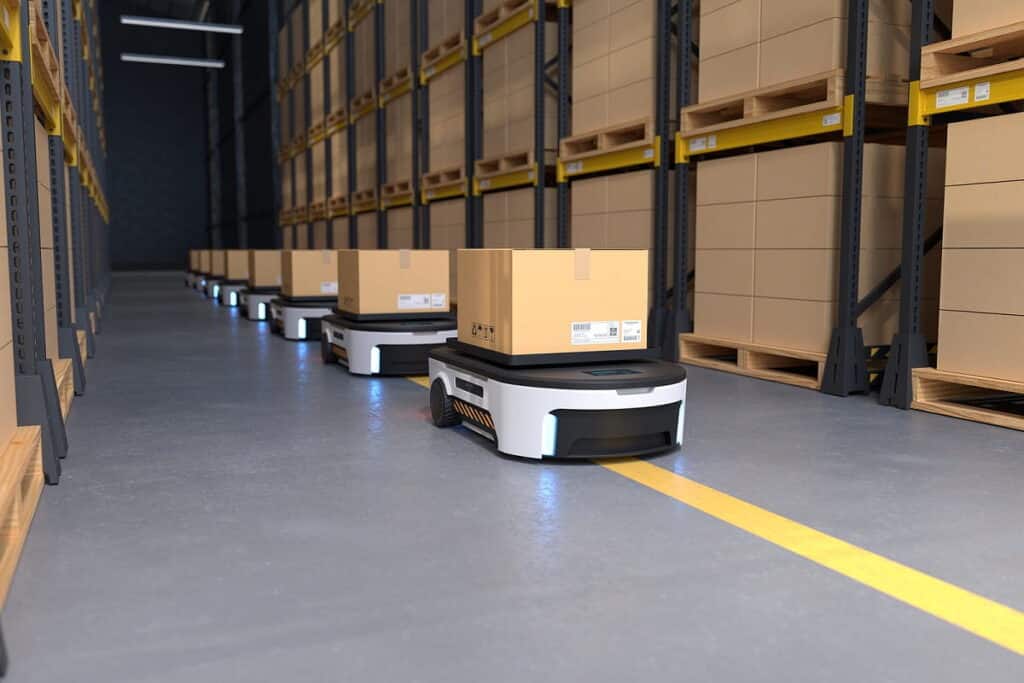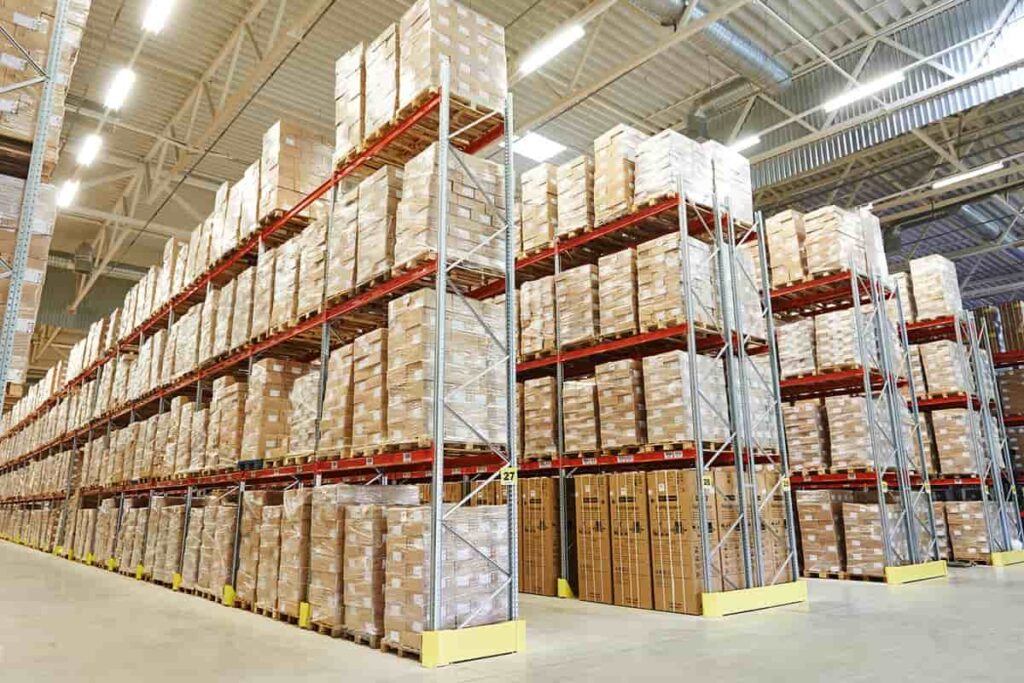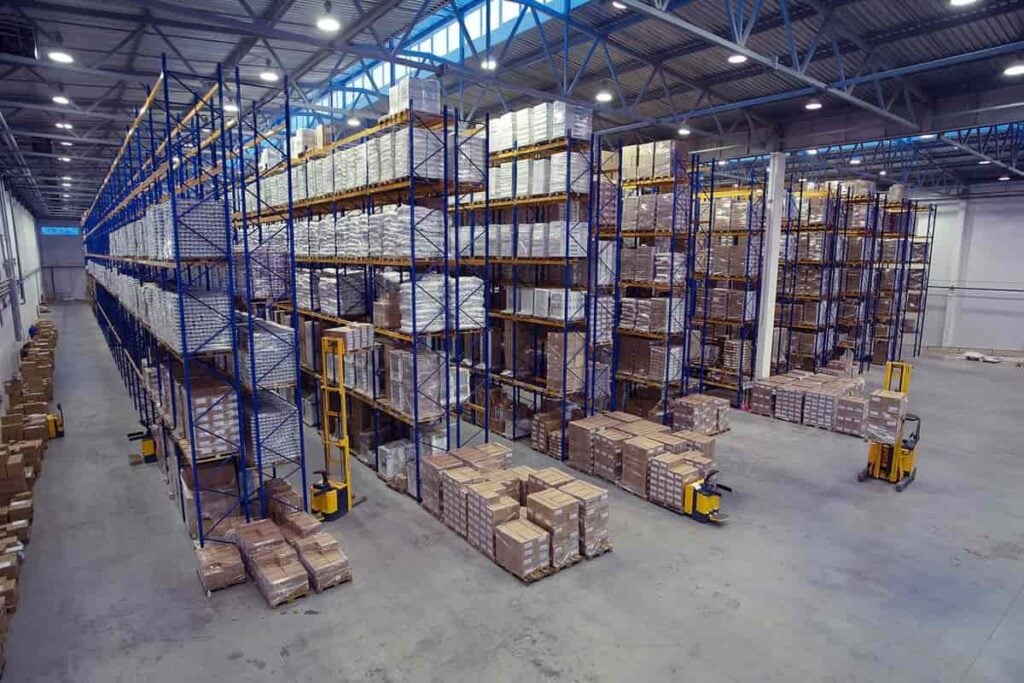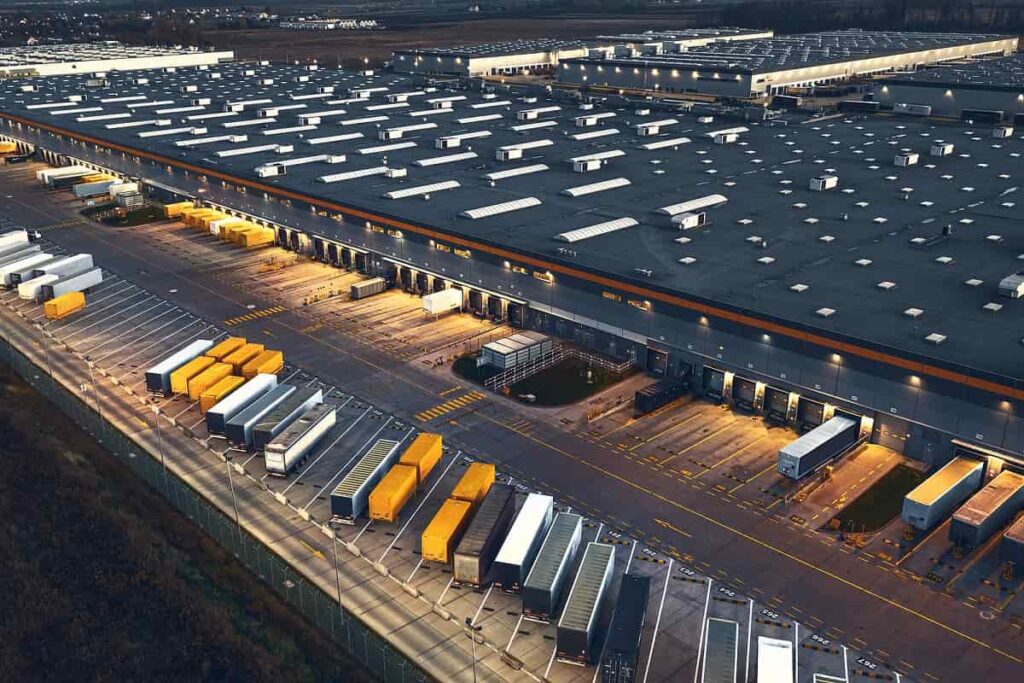A Warehouse Robotics Company for Automating E-Commerce
Table of contents

Amazon (AMZN) is one of those companies that everyone loves to hate. And there are plenty of good reasons. No. 1: Jeff Bezos. No. 2: Most retail investors of modest means (at least the ones who don’t know about fractional share ownership) believe they’re locked out of owning a piece of one of the world’s most valuable companies, with a share price at well over $3,000. And Amazon hasn’t done a stock split in more than 20 years, so they’ll probably need a few more stimulus checks to buy in. No. 3: Jeff Bezos. No. 4: While we’re not bleeding heart ESG types, it’s a bit hard to ignore how the e-commerce giant pushes its employees, especially their bladders. No. 5: Jeff Bezos.
Love it or hate it, you can’t ignore Amazon and the influence it exerts on nearly every sector of the economy. Nearly a decade ago, the company spent $775 million to buy Kiva Systems, which had developed mobile robotic fulfillment systems. That partly ignited a new industry of companies building swarms of intelligent robots for warehouses, including firms like Berkshire Grey and inVia Robotics. Brick-and-mortar rival Walmart (WMT) has invested heavily in robotics and artificial intelligence to keep up. Ocado Group (OCDO.L) is an online retail business that has transformed itself into a technology company that builds automated robotics systems for retailers like Kroger in the United States. In fact, we liked the direction Ocado was headed so much that we’ve put some skin in the game. That means we want to keep tabs on any upstarts in the space – like Locus Robotics.
Warehouse Robotics Company Becomes a Unicorn
Founded in 2014, the Boston area startup has raised $249 million. The company has suddenly gained relevance since we first profiled it back in 2017, after hauling in $190 million over the course of the last year – a $40 million Series D in June 2020 and a $150 million Series E in February 2021. The latest round pushed the company’s valuation to about $1 billion. A Silicon Valley firm called Scale Venture Partners is particularly bullish on the startup, participating in every round since a $25 million Series B in November 2017. Following that investment, ScaleVP partner Rory O’Driscoll and vice president Sam Baker first explained the value proposition that has apparently convinced them to keep the funds flowing to Locus:
The Locus bots sit at the intersection of several strategic trends that we have been following here at ScaleVP, including autonomous navigation, machine learning, computer vision, the rise of e-commerce, and the related demand for warehouse automation …. Locus is leveraging the huge investments going on in the autonomous driving field that is driving down the cost of LIDAR sensors, and iterating rapidly in the fields of motion planning and computer vision.
Update 09/14/2021: Locus Robotics has raised another $50 million in funding to further expand their global operations. This brings the company’s total funding to $299 million to date.
Before we dive a little deeper into the technology, let’s talk about money. It’s reasonable to assume that the e-commerce retail market is probably worth north of $400 billion in the United States alone, based on various industry sources.

It doesn’t take an MBA with an expensive, fancy degree and tons of school debt to figure out that online shopping will continue to grow in spite of (or thanks to) any major external forces, such as (and this is just a hypothetical example) a worldwide pandemic that makes it dangerous for people to be within six feet of each other. E-commerce is also driving demand for more warehouse space, according to an article on CNBC. The prediction is that companies will need an additional one billion square feet of storage by 2025, with the online retail industry already accounting for half of all commercial leasing activity. Another tantalizing tidbit of arithmetic from the article: E-commerce companies require 1.2 million square feet of distribution space for each $1 billion in sales. Clearly, there’s a huge total addressable market here that human labor alone can’t address, even without pee breaks.
How Locus Automates Warehouse Operations
The company’s platform is a powerful combination of hardware and software. How do we know it’s powerful? The word appears five times in the press release announcing the $150 million Series E. The company’s clustering algorithm works with any warehouse management system to review orders and optimize workflow. The LocusBots work independently, navigating their way through the maze of aisles to meet with an associate to pick up or drop off an order. No more walking 15 miles per day, as the employee works with the closest robot rather than follow one around like a lost puppy or human slave.

The bots charge automatically, work around the clock, and are configured to carry a wide variety of items. They automatically recognize workers, and the robot’s large screen displays information in the employee’s preferred language. And it’s fun, thanks to a gamification feature that displays individual performance statistics to help shame motivate workers to greater feats of box shuffling. The platform also includes real-time analytics, dashboards, and reporting to customers.
Customers and Case Studies
Speaking of which: Locus currently serves more than 40 customers, with robots in about 80 warehouses around the world. It claims those clients can expect two to three times greater productivity and achieve measurable ROI in just a few months. And it only takes about four weeks to get rolling. Let’s look at a couple of case studies to see how this works in real life:
- evo is a national sports gear and apparel retailer that does B2C and B2B from a 165,000-square-foot warehouse. Sales doubled during the Rona last year, so the company was looking for something flexible that could be deployed during peak seasons. It immediately saw its average picks per hour nearly triple, from 35 to 90, when the bots arrived. Human congestion dropped from about 15 people per zone to five.
- GEODIS is a global supply chain company that was having a hard time finding enough laborers for its U.S.-based operations. It brought aboard 28 LocusBots for seven human operators in a 60,000-square-foot zone of the warehouse, doubling productivity almost immediately. Other benefits included better order accuracy and employee retention, along with zero accidents thanks to the bots’ LiDAR sensors.
Other customers include DHL, CEVA Logistics, Material Bank, Boots UK, Port Logistics Group, Verst Logistics, and Radial. The deal with DHL is particularly noteworthy, as the international package delivery and mail company plans to bring on up to 2,000 robots by next year to help in e-commerce or consumer warehouses for picking and inventory replenishment.

The company already has more than 500 robots at locations across the United States, Europe, and the UK. It’s by far Locus Robotics’ biggest deal to date.
Conclusion
No doubt Locus, Ocado, and other companies developing autonomous mobile robots for logistics like e-commerce will continue to see rapid growth in the next few years before hitting a saturation point. But it’s not just about online marketplaces. Locus is also trying to tap into other industries, including healthcare and industrial suppliers. At some point, however, the world will run out of warehouses to automate, and we’ll see a reckoning among the competition, especially from China.
Sign up to our newsletter to get more of our great research delivered straight to your inbox!
Nanalyze Weekly includes useful insights written by our team of underpaid MBAs, research on new disruptive technology stocks flying under the radar, and summaries of our recent research. Always 100% free.















